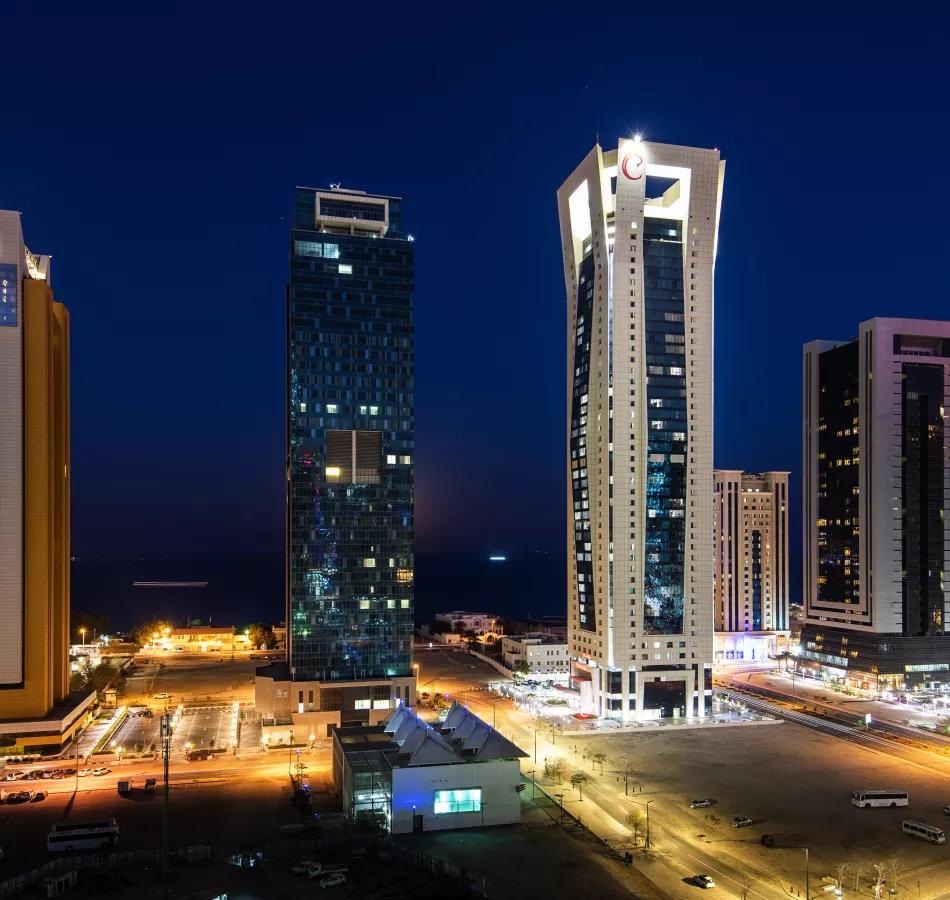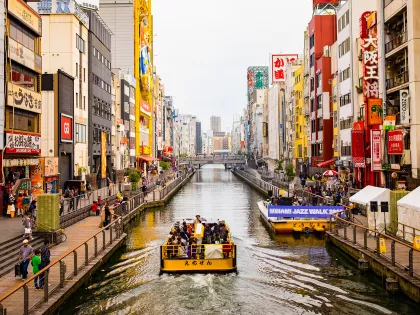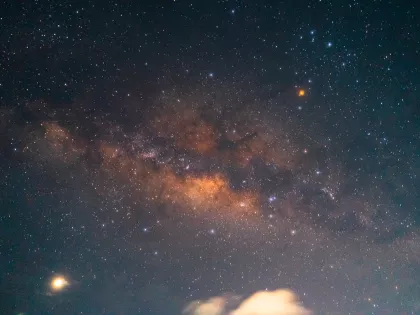SUNSCREEN TIPS & TRICKS
The tiny island nation of Palau, located in the Pacific Ocean around 1,000 km Southeast of the Philippines, doesn't receive many tourists. But a large proportion of those who do visit will inevitably visit the famous Jellyfish Lake -- one of very few sites anywhere in the world where people can swim safely with thousands of harmless jellyfish. Until May 2017, that is, when the lake had to be closed for safety reasons. The safety issue wasn't a matter of protecting tourists, however. It was all about protecting the jellyfish, which had succumbed in large numbers to the ill-effects of oxybenzone (BP2 or BP3), which as all sunscreen professionals will know, is a common ingredient in many types of sunscreen. It's not just jellyfish that can suffer from the bioaccumulation of this particular ingredient. Coral reefs and other forms of marine life will also suffer damage, so that's why it's important to know your sunscreens before you start your holiday, so you can protect your environment as well as taking good care of yourself.
What Kind of Sunscreen
Sunscreen has to offer protection against two different components of sunlight: longwave UVA rays and shortwave UVB rays. UVA rays are the kind that typically cause the appearance of ageing and wrinkles, as well as skin cancer, as they penetrate more deeply into the skin. UVB rays tend to cause short-term burning and long-term cancer as they only damage the outer layers of the skin. Moreover, UVA rays can penetrate window glass, while UVB rays cannot. So if you stand beneath the glass roof of a greenhouse you'll be perfectly safe from UVB sunlight, and the resulting skin cancer will be entirely down to the UVA dose you receive.
UVA Protection
When you choose sunscreen you need to block both types of UV radiation, so you'll be looking for a 'broad-spectrum' sunscreen. The ingredients in these sunscreens work in two different ways. There are chemical sunscreens where the ingredients offer protection by absorbing the UV rays, and physical sunscreens where the ingredients simply block the UV rays. Typical chemical sunscreens make use of compounds such as oxybenzone, avobenzone, or octyl methoxycinnamate.
UVB Protection
They are effective against UVB rays but are ecologically inadvisable. Physical sunscreens usually contain titanium dioxide or zinc oxide, and leave the characteristic white 'warpaint' look on your skin. These physical screens are also far less likely to cause allergic reactions or irritate your skin. The next consideration is the sun protective factor, or SPF. This refers to the sunscreen's ability to protect the wearer from UVB rays -- to prevent the wearer from getting sunburnt.
Most experts recommend choosing SPF 30, which blocks around 97% of UV rays, and will let you spend 30 times longer exposed to the sun than the length of time it would normally take you to start burning without sunscreen. The same experts suggest you estimate how long it would take you to start burning rather than heading out into the sun with a stopwatch to find out -- and you should err on the side of caution because the variable intensity of the sun also plays a huge part. It is certainly possible to find sunscreens which offer greater protection than SPF 30, but unless you burn very easily, the additional protection is rarely worth the extra cost. For example, SPF 15 blocks 94% and SPF 45 blocks 98%, so it's usually much more effective to focus on the correct application of the sunscreen than on chasing the highest SPF.
How to Use the Sunscreen
The first point is to apply the sunscreen thirty minutes before you actually go outside, and longer for lip protection, so it has time to bind to the skin and offer effective protection. If you're going to be in the water this is even more important, and you'll also need to make sure your sunscreen is water-resistant.
The sunscreen must be applied liberally to all areas of exposed skin. If you are, or are married to, a particularly hairy individual, you might prefer a spray sunscreen to a lotion. One common mistake is not applying enough sunscreen, or missing small areas of exposed skin such as the back of the hands or tips of the ears. It's better to use too much than not enough. Be very careful around the eyes, and try not to inhale if you're using a spray.
Don't forget that you'll need to re-apply sunscreen throughout the day, every two hours, but the first time you re-apply should be after only around half an hour as you can significantly increase the overall level of protection by doing this. If you've been in the water, it's a good idea to re-apply as soon as you come out, and the same applies if you've been sweating a lot, as your protection can easily be washed away.
Of course, sunscreen is not the only answer to UV sunlight. It's best to wear clothing to cover the skin when possible, but remember that very light clothing doesn't give as much protection as you might think, so you should consider wearing sunscreen underneath your shirt if you're going to be outside in the sun. A hat is great for protecting the scalp, and providing shade for your face. And finally, even if you only chose your destination because you wanted the sun, try not to stay outside during the hottest part of the day. The sun is at its strongest between 10 a.m. and 2 p.m., so the simple rule of thumb is that if your shadow is shorter than you are, go back inside. Or just use your watch.
Note: Jellyfish Lake in Palau re-opened in December 2018 -- but only ecologically approved sunscreens can be used. The following ingredients are considered harmful: Oxybenzone (BP3); Octyl methoxycinnamate (EHMC); Octocrylene (OC); 4-methyl-benzylidene camphor (4MBC); Triclosan; Methyl paraben; Ethyl paraben; Propyl paraben; Butyl paraben; Benzyl paraben; and Phenoxyethanol.











Share :-
-
-